Drag racing, a high-octane motorsport that has thrilled fans for decades, has produced many legendary figures and iconic machines. The captivating stories of some of the most celebrated drag racing legends and their remarkable cars have left an indelible mark on the sport.
The Pioneers of Drag Racing

Wally Parks and the Birth of NHRA
Wally Parks, a visionary in the world of motorsports, founded the National Hot Rod Association (NHRA) in 1951. His goal was to create a structured environment for drag racing enthusiasts, emphasizing safety and organization. The NHRA quickly became the governing body for the sport, setting standards that ensured both the safety of participants and the integrity of the races. Parks’ vision was instrumental in transforming drag racing from a loosely organized hobby into a professional sport.
Under Parks’ leadership, the NHRA implemented safety regulations that became the benchmark for the industry. These regulations not only protected drivers but also enhanced the spectator experience, making drag racing a family-friendly event. Parks’ contributions laid the foundation for the sport’s growth and popularity, establishing a legacy that continues to influence drag racing today.
Don Garlits: The Father of Drag Racing
Known as “Big Daddy,” Don Garlits is often referred to as the father of drag racing. His innovative approach to the sport led to numerous advancements, particularly in the design and performance of dragsters. Garlits’ Swamp Rat series of dragsters revolutionized the sport with their rear-engine design, which significantly improved safety and performance. This innovation not only set new standards but also inspired future generations of drag racers.
Garlits’ contributions extend beyond his engineering prowess. His competitive spirit and dedication to the sport earned him numerous championships and accolades, solidifying his status as a legend in drag racing. The Swamp Rat series remains a symbol of his enduring impact on the sport, showcasing the blend of innovation and passion that defines drag racing.
Iconic Cars and Their Impact
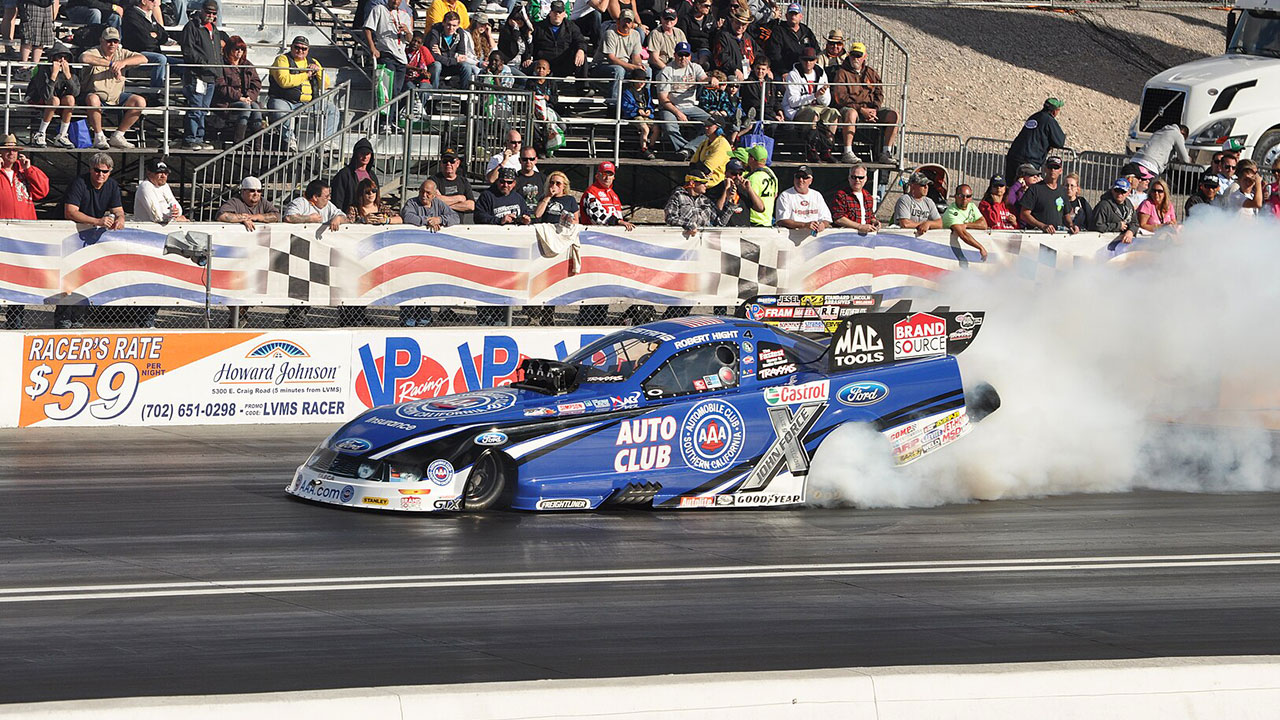
The Rise of the Funny Car
The Funny Car class emerged as a pivotal development in drag racing, captivating audiences with its unique design and powerful performance. These cars, characterized by their altered wheelbases and fiberglass bodies, were designed to achieve maximum speed and agility on the drag strip. The evolution of the Funny Car class marked a significant shift in the sport, as manufacturers and drivers pushed the boundaries of what was possible.
Key models such as the Dodge Charger Daytona and the Ford Mustang Funny Car became icons of this era, each contributing to the class’s popularity and success. The Funny Car’s influence on drag racing is undeniable, as it introduced new levels of excitement and competition, drawing in fans and competitors alike.
The Muscle Car Era
The muscle car era played a crucial role in the popularization of drag racing, as these powerful vehicles became synonymous with speed and performance. Models like the Chevrolet Camaro, Ford Mustang, and Dodge Challenger dominated the drag strips, showcasing the raw power and engineering prowess of American automotive manufacturers. These cars not only captivated audiences but also fueled a cultural movement that celebrated speed and performance.
Muscle cars became a staple of drag racing, with their high-performance engines and sleek designs capturing the imagination of fans worldwide. The legacy of the muscle car era continues to influence modern drag racing, as enthusiasts and manufacturers alike draw inspiration from these iconic vehicles.
Legendary Rivalries on the Track
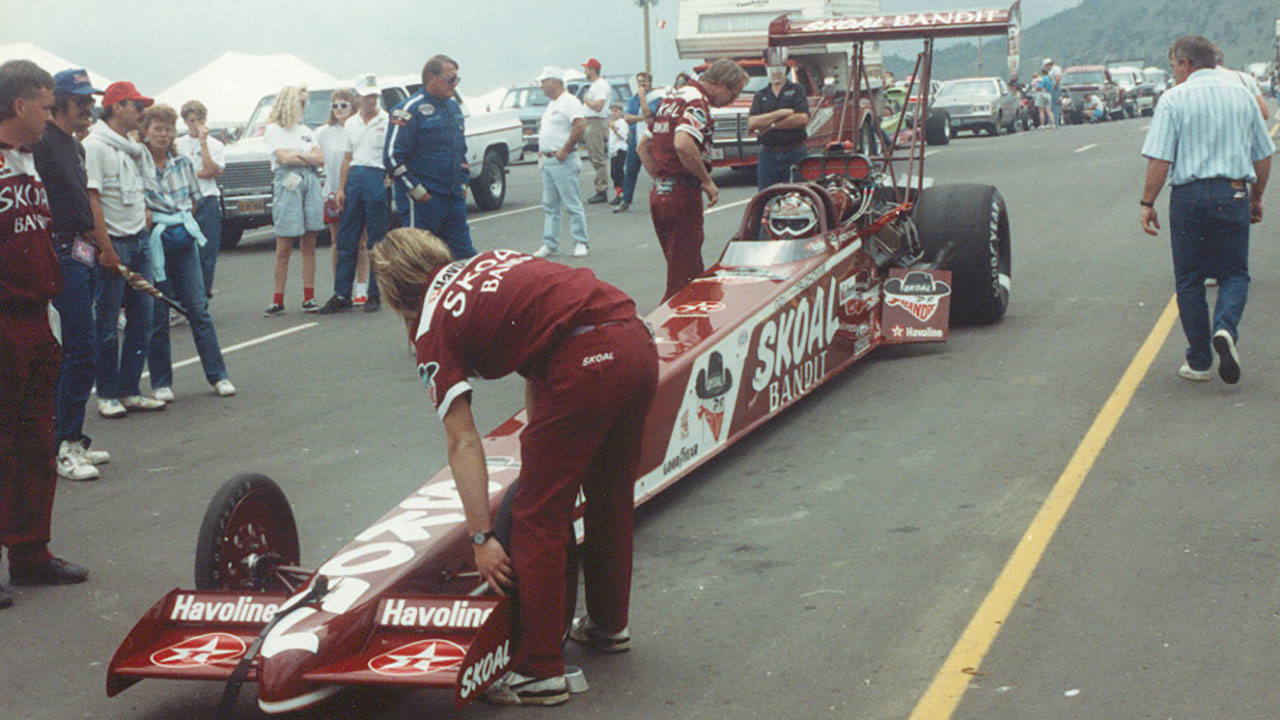
Shirley Muldowney vs. Don Prudhomme
The rivalry between Shirley Muldowney and Don Prudhomme is one of the most storied in drag racing history. Muldowney, known as the “First Lady of Drag Racing,” broke barriers as one of the first successful female drivers in the sport. Her fierce competition with Prudhomme, a dominant force in drag racing, captivated fans and pushed the sport to new heights. Their rivalry was characterized by intense competition and mutual respect, as both drivers consistently pushed the limits of their vehicles and their skills.
This legendary feud not only highlighted the competitive nature of drag racing but also showcased the sport’s ability to transcend gender barriers. Muldowney and Prudhomme’s rivalry remains a defining moment in drag racing history, illustrating the passion and determination that drive the sport.
The Ford vs. Chevrolet Showdown
The ongoing battle between Ford and Chevrolet has been a central theme in drag racing, as these two automotive giants have consistently competed for supremacy on the drag strip. This rivalry has produced some of the most memorable races and iconic cars in the sport’s history. Models like the Ford Mustang and Chevrolet Camaro have become symbols of this competition, each representing the pinnacle of engineering and performance for their respective brands.
The Ford vs. Chevrolet showdown has fueled innovation and excitement in drag racing, as both manufacturers strive to outdo each other with faster and more powerful vehicles. This competition has not only driven advancements in automotive technology but also captivated fans, making it a cornerstone of drag racing culture.
Modern Legends and Technological Advances

John Force: A Modern-Day Icon
John Force is a modern-day icon in drag racing, known for his dominance in the Funny Car category. With numerous championships and records to his name, Force has become a household name in the sport. His success on the track is matched by his influence off it, as he has played a significant role in promoting drag racing and inspiring the next generation of drivers.
The Force family, including daughters Ashley, Brittany, and Courtney, has continued John’s legacy, making significant contributions to the sport. Their achievements highlight the enduring appeal of drag racing and the impact of family dynasties in the sport. John Force’s career exemplifies the dedication and passion that define modern drag racing, ensuring his place as a legend in the sport.
Technological Innovations in Drag Racing
Technological advancements have played a crucial role in the evolution of drag racing, enhancing both performance and safety. Innovations such as advanced aerodynamics, lightweight materials, and high-performance engines have transformed the sport, allowing cars to reach unprecedented speeds. These developments have not only improved the competitiveness of drag racing but also ensured the safety of drivers and spectators.
The introduction of electric dragsters represents the future of the sport, as manufacturers explore new ways to combine speed and sustainability. These vehicles offer a glimpse into the potential of drag racing, showcasing the sport’s ability to adapt and evolve with changing times. As technology continues to advance, drag racing remains at the forefront of innovation, pushing the boundaries of what is possible on the track.
The Cultural Influence of Drag Racing
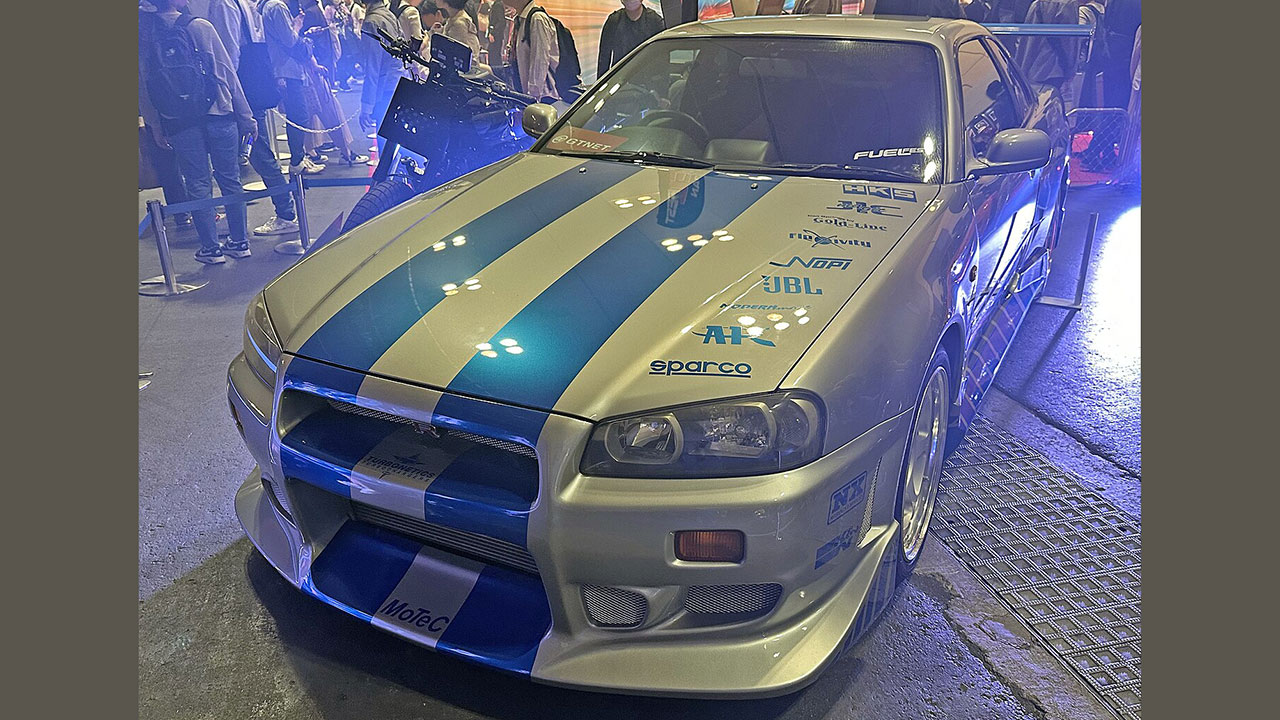
Drag Racing in Popular Media
Drag racing has made a significant impact on popular media, with films and television shows bringing the excitement of the sport to a wider audience. Movies like “The Fast and the Furious” franchise have celebrated the thrill of drag racing, introducing its high-speed action to millions of viewers worldwide. These depictions have not only entertained audiences but also shaped public perception of the sport, highlighting its cultural significance.
Television shows and documentaries have also played a role in promoting drag racing, offering insights into the lives of drivers and the intricacies of the sport. This media exposure has helped to elevate drag racing’s profile, attracting new fans and participants to the sport.
The Community and Lifestyle of Drag Racing
The drag racing community is a vibrant and passionate group, united by a shared love of speed and performance. This unique culture is characterized by camaraderie and a sense of belonging, as enthusiasts gather at events and car clubs to celebrate their passion for the sport. Drag racing events, such as the NHRA Nationals, provide a platform for fans to connect and share their enthusiasm, fostering a strong sense of community.
Car clubs and online forums offer additional opportunities for enthusiasts to engage with one another, exchanging tips and stories about their experiences on the track. This sense of community is a defining aspect of drag racing, highlighting the sport’s ability to bring people together and create lasting connections.
Like Fast Lane Only’s content? Be sure to follow us.
Here’s more from us:
*Created with AI assistance and editor review.



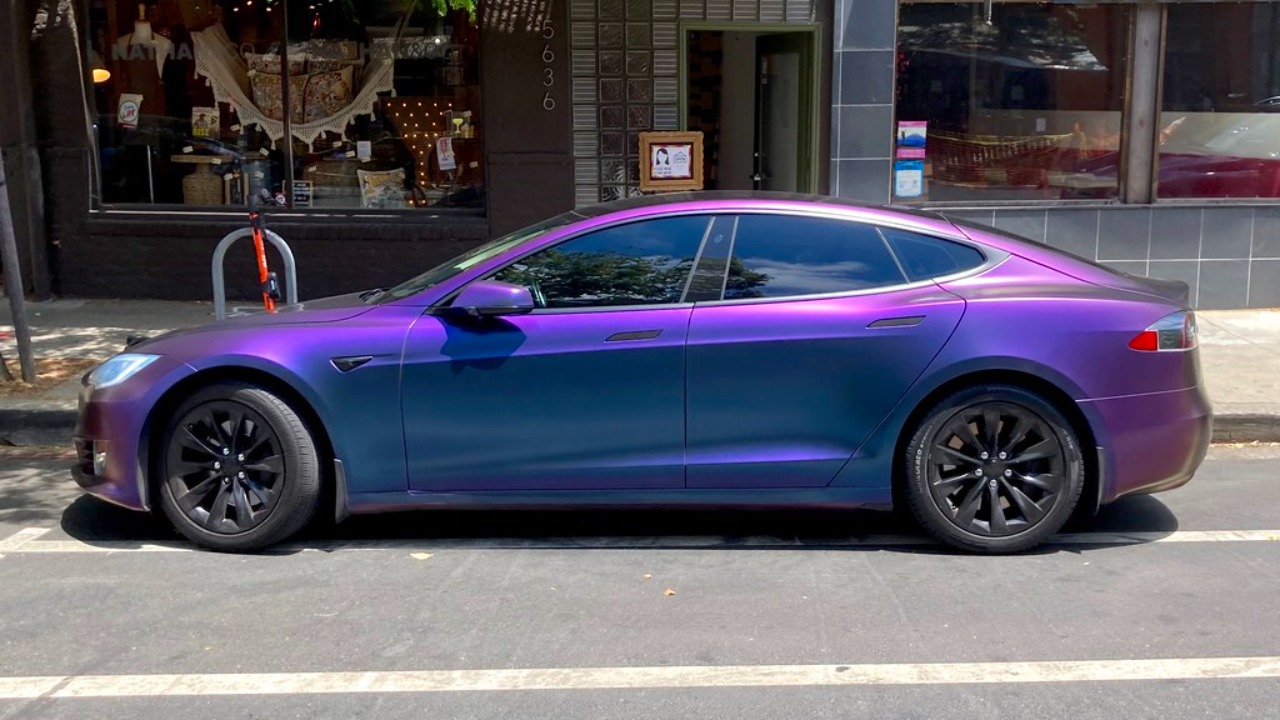
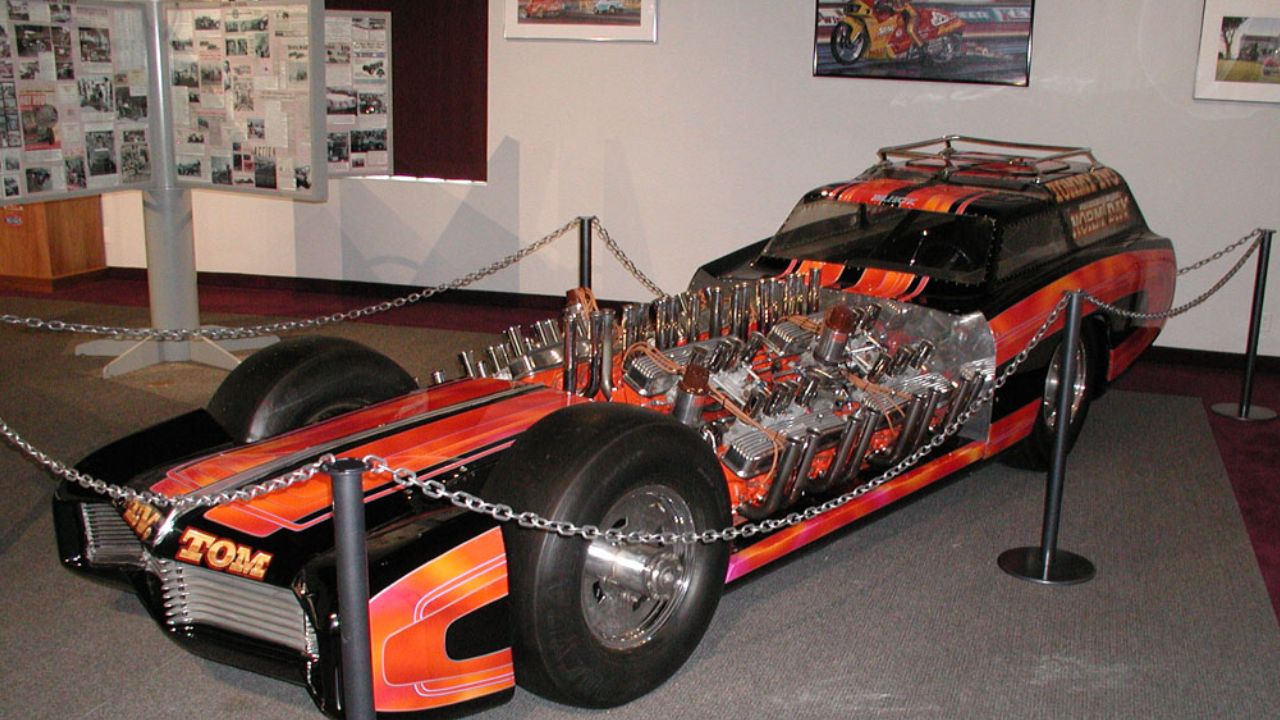
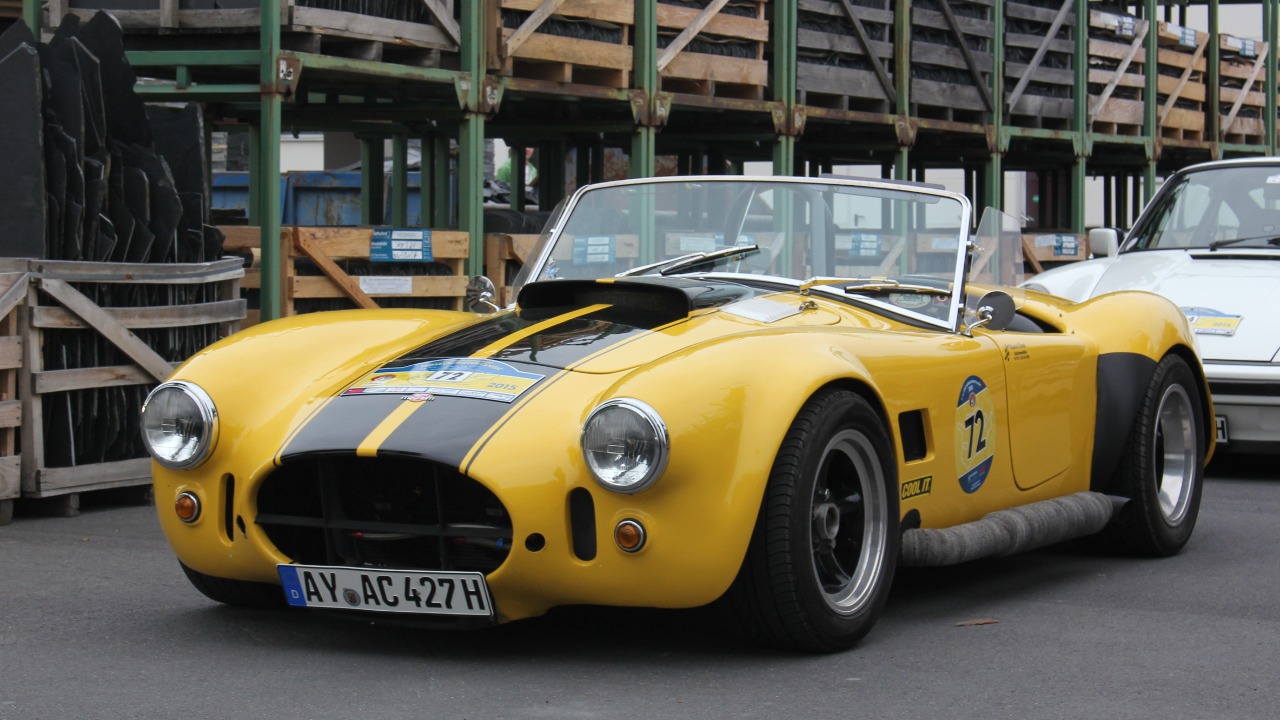

Leave a Reply